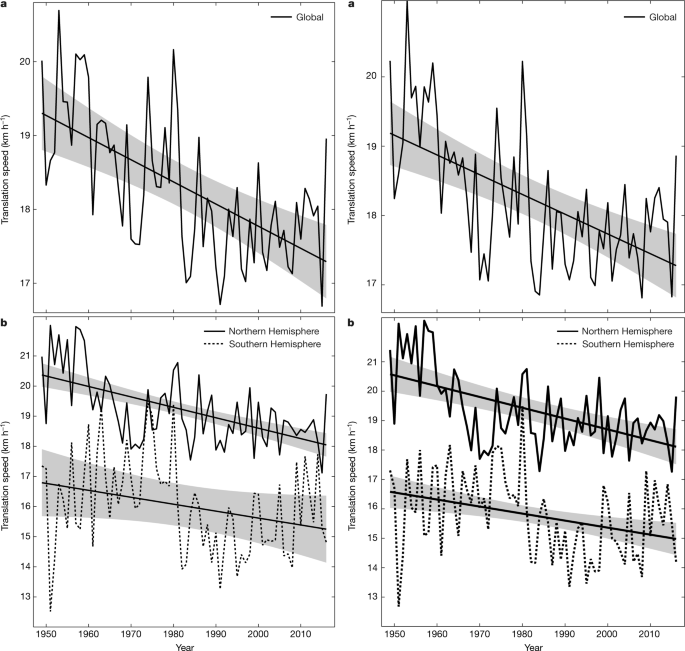- Select a language for the TTS:
- UK English Female
- UK English Male
- US English Female
- US English Male
- Australian Female
- Australian Male
- Language selected: (auto detect) - EN
Play all audios:
ABSTRACT Sera from patients with acute KS cause complement-mediated lysis of IL-1α stimulated HUVE (D.Y.M. Leunn et al. I. Exp. Med. 164. 1950-72, 1986). In vitro cultured HUVE monolayers
were labelled with 51Cr and treated with hu rIL-1α(10 U/ml) for 4 hours. Addition of KS sera (1:2.5) to the culture caused a 28.6±7.3% (n=7) 51Cr release in the presence of complement. The
addition of HIVIG (Gamma immune 0.5%) to the culture reduced the HUVE lysis tD 12.3±5.2%. Sera from patients in the convalescent phase of KS (n=4) had no cytotoxic effect. We conclude that
cytotoxic antibodies in acute KS sera directed to IL-1α inducible endothelial cell antigens may compete for receptor sites with antibodies present in HIVIG preparations that fail to fix
complement. This competition may result in the decrease of the cytotoxicity by KS sera and in consequence in the beneficial effect of HIVIG in KS. ARTICLE PDF AUTHOR INFORMATION AUTHORS AND
AFFILIATIONS * Pediatric Clinic, Univ. Med. Szeged, HUNGARY P Megyeri * Dalhousie University IWK Hospital, Halifax, Canada A C Issekutz Authors * P Megyeri View author publications You can
also search for this author inPubMed Google Scholar * A C Issekutz View author publications You can also search for this author inPubMed Google Scholar RIGHTS AND PERMISSIONS Reprints and
permissions ABOUT THIS ARTICLE CITE THIS ARTICLE Megyeri, P., Issekutz, A. 66 HUMAN INTRAVENOUS GAMMAGLOBULIN (HIVIG) REOUCES THE IN VITRO CYTOTOXIC ACTIVITY OF KAWASAKI SYNDROME (KS) SERA
ON INTERLEUKIN (IL-1α) TREATED CULTURED HUMAN UMBILICAL VEIN ENDOTHELIUM (HUVE). _Pediatr Res_ 28, 288 (1990). https://doi.org/10.1203/00006450-199009000-00090 Download citation * Issue
Date: 01 September 1990 * DOI: https://doi.org/10.1203/00006450-199009000-00090 SHARE THIS ARTICLE Anyone you share the following link with will be able to read this content: Get shareable
link Sorry, a shareable link is not currently available for this article. Copy to clipboard Provided by the Springer Nature SharedIt content-sharing initiative




